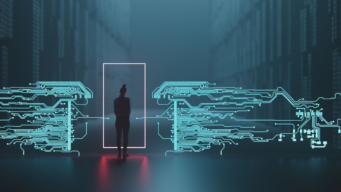Security

Why Managed Security Services are essential in today’s cyber landscape
May 29, 2025•
4 min read

Insider threats in cybersecurity: When danger comes from within
May 23, 2025•
6 min read

Select the right cybersecurity AI tools with these 3 crucial steps
May 16, 2025•
11 min read

The road to Digital Forensics and Incident Response
May 12, 2025•
5 min read

The clock is ticking: Financial cyberattacks are more dangerous than ever
May 02, 2025•
2 min read

RAG and Agentic AI: Revolutionizing cybersecurity analysis
April 21, 2025•
5 min read

AI-Driven cognitive boost for cyber threat hunting
April 14, 2025•
8 min read

KuppingerCole recognizes OpenText as a Leader in data security
April 10, 2025•
3 min read

Not ready for ITDR? You can still go adaptive
April 09, 2025•
9 min read

Generative AI – Supercharging malware and vulnerability detection
April 08, 2025•
6 min read

Stay ahead with Titanium X and OpenText Cybersecurity Cloud
March 31, 2025•
7 min read

The growing role of mobile data in digital forensics
March 31, 2025•
3 min read